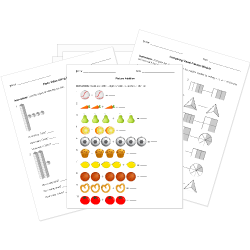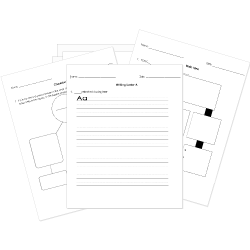Common Core Standard HSG-GMD.A.1 Questions
Give an informal argument for the formulas for the circumference of a circle, area of a circle, volume of a cylinder, pyramid, and cone. Use dissection arguments, Cavalieri’s principle, and informal limit arguments.
You can create printable tests and worksheets from these questions on Common Core standard HSG-GMD.A.1! Select one or more questions using the checkboxes above each question. Then click the add selected questions to a test button before moving to another page.







